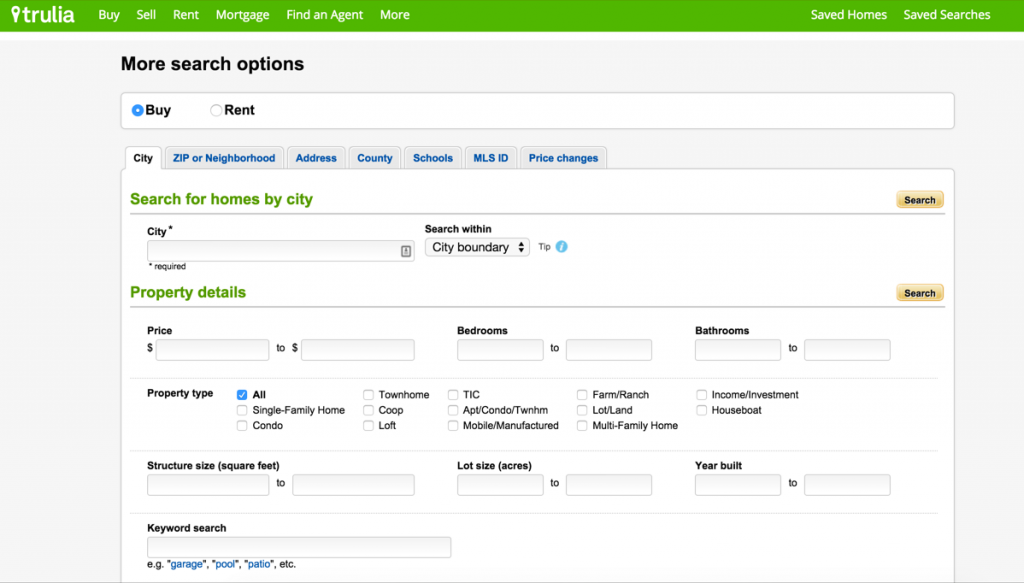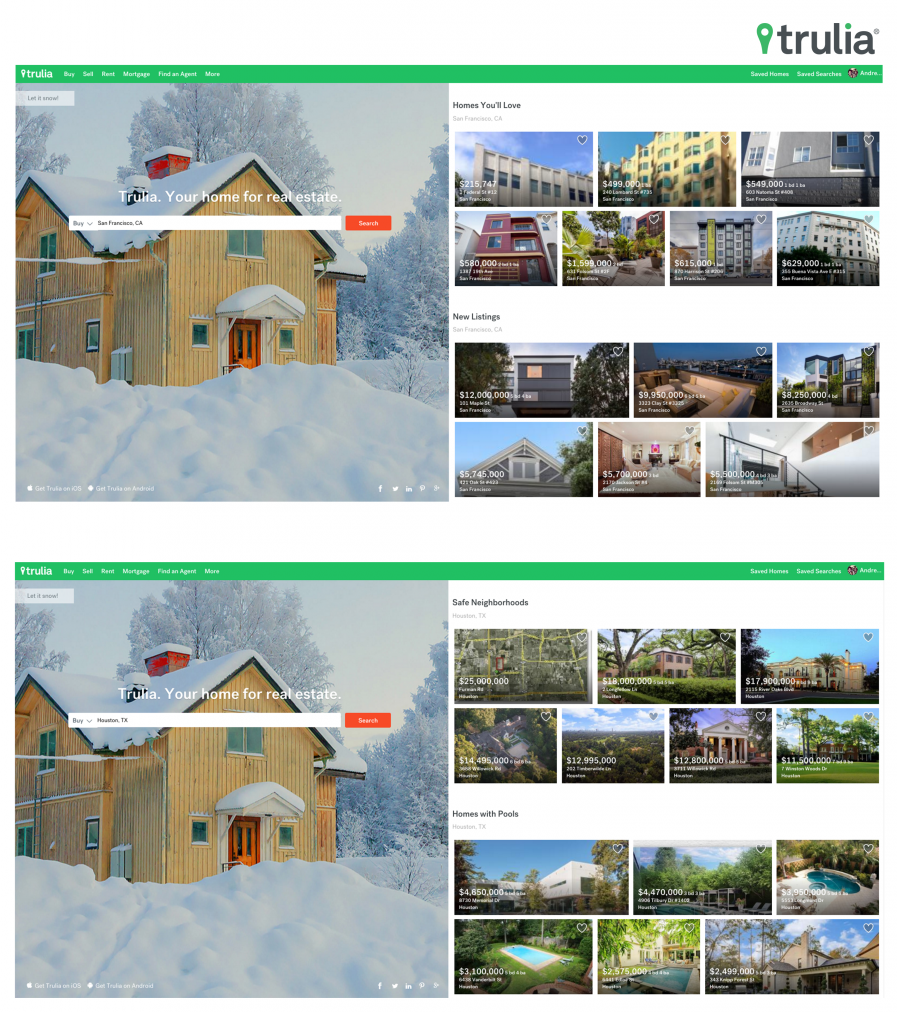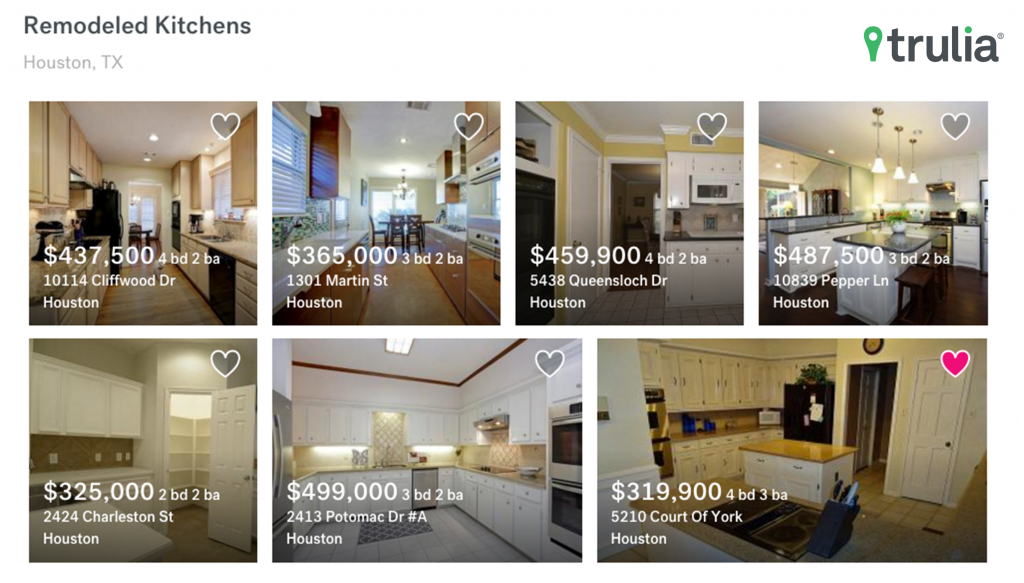The Internet has given us one of the greatest gifts of all: instant access to the world’s knowledge, whenever, and wherever we want it. Through innovations and new products, search engines have changed our lives.
In simple terms, search engines are programs that search documents (content) for specified keywords (intent) and return a list of results that match the keywords. Back in the day, you had to know exact keywords to find what you were looking for (anyone remember Archie?!), but today, you can type a phrase into Google or Bing, like “homes for sale in San Francisco,” and you’ll get a number of relevant results. What’s more, Artificial Intelligence is making inroads to auto-populate full sentences as you start writing characters – safe to say we’ve come a long way.
Search engines are bucketed into two categories, horizontal and vertical. Google or Bing are examples of horizontal search engines, meaning you can search for anything and both will show back content that’s been crawled and indexed. Vertical search engines on the other hand are very specific to a domain and typically use filters to serve results. Trulia falls under the category of a vertical search engine, and the filtering process allows us to provide consumers with deep and unique insights into real estate, ultimately helping empower them to make informed decisions on their next home.
Regardless if vertical or horizontal, the common goal of all search engines is relevancy, and making sure consumers are getting results that match their search. As detailed in my previous post about relevancy challenges, Trulia’s relevancy used to be driven mostly by explicit filters, which is common in vertical based search engines. However, in order to further improve the consumer experience, we’re now moving toward creating implicit filters by better understanding our consumers.

An example of explicit search filters.
To achieve this, we invested a lot last year in two areas: 1) Understanding our consumers’ different search patterns and 2) Leveraging data science behind the scenes. This has allowed us to go beyond standard search filters, like number of beds, baths, etc. (as seen above), and instead implicitly create collections of homes based on specific search terms, like “safe neighborhoods,” “homes with pools,” or “remodeled kitchens,” among many others.
![blog_images_kitchensV3[1]](https://wp.zillowstatic.com/trulia/wp-content/uploads/sites/1/2016/02/blog_images_kitchensV31-1024x583.png)
An example of a collection of homes.
These collections of homes make content more discoverable through visual browsing, and we’ve implemented a number of technologies to achieve this. For example, we built an in-house image recognition technology to optimize photo content using a mix of approaches from Machine Learning, Computer Vision, and Natural Language Processing. And, we built a system for organizing all these photos into the collections you see, so (again) you can go beyond standard search filters and enable discovery by home features, such as “modern kitchens.”
Our collections are not static in nature but are dynamic, meaning they will reorient themselves based on patterns, and the collections can vary from neighborhood-to-neighborhood, city-to-city, or zip code-to-zip code, with ranking driven by relevancy to consumers.

An example of different home collections in different cities.
By enabling visual browsing, we make the home buying or renting experience seamless for consumers, and bring individualization to the forefront of house hunting. We are proud to be a leader in this initiative in real estate and will be sharing more about how it all works in some of the posts to come.


